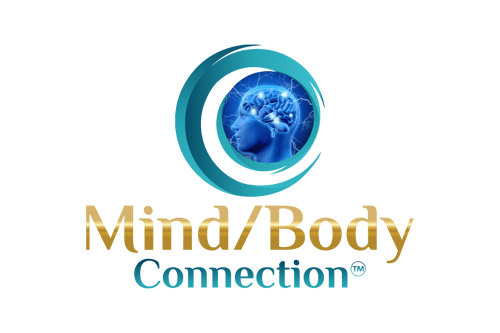EMDR Therapy OCD explained
EMDR: Eight phases of treatment
Phase 1
The first phase is a history- taking session(s). I will assesses your readiness for EMDR and develop a treatment plan. We will then identify possible targets for EMDR processing.
Initial EMDR processing may be directed to childhood events rather than to the adult onset stressors or the identified critical incident, if you had a problematic childhood.
Phase 2
During the second phase of treatment, you will be taught a variety of imagery and stress reduction techniques that can be used during and between sessions.
This ensures that you will have several different ways of handling emotional distress.
Phases 3-6
In phases 3 to 6, we first identify the trauma to be processed. We then determine the negative irrational belief, accompanying emotions, sensations, and feelings generated when recalling the unresolved memory. We then cull out the future positive cognition that you want to believe about yourself as a result of effective therapy.
Phase 7
In phase seven, closure, you will be asked to keep a log during the week and document any related material that may arise. This serves to remind you of the self-calming activities that were mastered in phase two.
Phase 8
Phase eight consists of examining the progress made thus far. The EMDR treatment processes all related historical events, current incidents that elicit distress, and future events that will require different responses
OCD Treatment Considerations
Obsessive Compulsive Disorder, OCD, is a common, chronic, and long-lasting disorder whereupon the person has uncontrollable, reoccurring thoughts (obsessions) and/or behaviors (compulsions) that he or she feels the urge to repeat over and over.
These symptoms can interfere with all aspects of life, such as work, school, and personal relationships. Common obsessions may include fear of germs , unwanted thoughts involving sex, religion, or harm
towards others. Having things in perfect order is also common.
Compulsions are the repetitive behaviors that a person with OCD feels the urge to do in response to an obsessive thought. Common compulsions include:
Excessive handwashing, repeatedly checking on things and counting.
The individual spends at least 1 hour a day on these thoughts or behaviors
and doesn’t derive pleasure when performing them. Symptoms may come and go, ease over time, or worsen.
People with OCD may try to help themselves by avoiding situations that trigger their obsessions thus temporarily calming themselves. Unfortunately, in the long run, avoidance only serves to perpetuate the misfiring brain synapses thus strengthening the very actions they wish to cease.
EXPOSURE AND RESPONSE PREVENTION (ERP)
is a specific type of CBT that promotes spending time in the very situation that triggers compulsions . For example, the individual would touch the feared dirty objects, but then be prevented from undertaking the usual resulting compulsion, e.g., hand washing. This treatment is effective in reducing compulsive behaviors in OCD, even in people who did not respond well to SRI medication.
ACT, (Acceptance and Commitment Therapy) is also very helpful to help define valued life directions and how OCD interferes with these goals.
